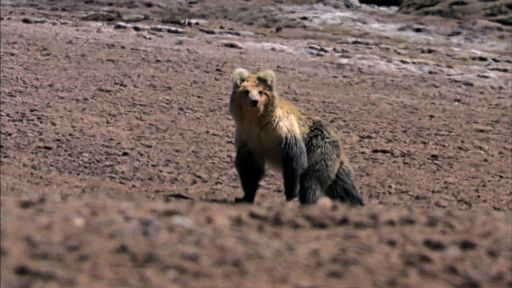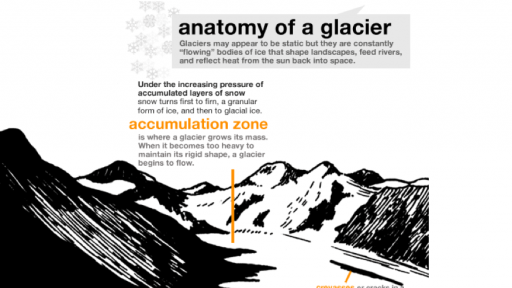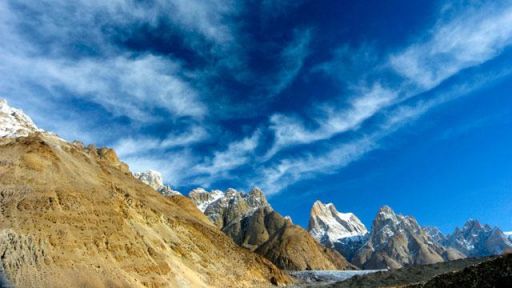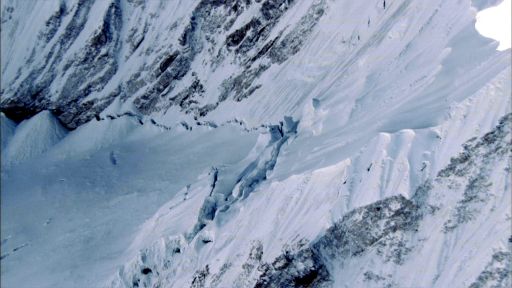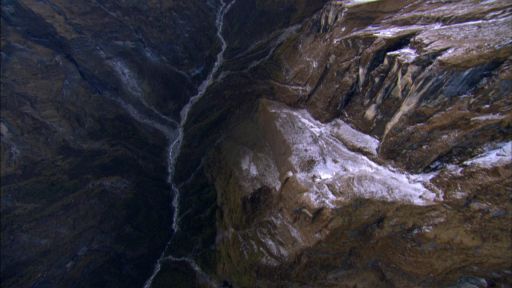Name: Himalayas, Sanskrit for ‘abode of snow’
Geography:
The Himalayas stretch across the northeastern portion of India. They cover approximately 1,500 mi (2,400 km) and pass through the nations of India, Pakistan, Afghanistan, China, Bhutan and Nepal. The Himalayan range is made up of three parallel ranges often referred to as the Greater Himalayas, the Lesser Himalayas, and the Outer Himalayas.
View The Himalayas in a larger map.
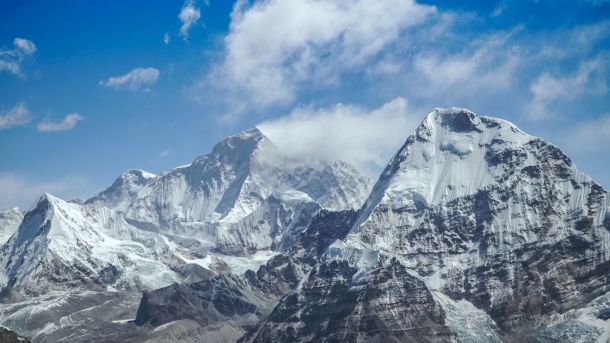
Photo by Bisesh Gurung on Unsplash.
Ecology:
While intimidating mountains like Everest and 2K tend to dominate our perceptions of the region, the Himalayas are rich in biodiversity. Climates range from tropical at the base of the mountains to perennial snow and ice at the highest elevations. These complex and diverse eco-regions are interconnected: an ecological threat to one is ultimately a threat to many. Here are just a few examples of Himalayan ecology:
Montane Grasslands and Shrublands:
Western alpine shrubs and meadows can be found between 9,850 and 16,400 ft. These areas tend to have cold winters and mild summers that allow for plant growth. Rhododendron plants cover the lower shrublands, while the alpine meadows, directly above, host a range of flora in the warmer months. Animals found in this region include the snow leopard, Himalayan tahr, musk deer, and pikas.
Temperate Coniferous Forest:
In the northeast, temperate sub-alpine conifer forests are found at elevations of 8,200 to 13,800 ft. Located in the inner valley area, these forests are protected from harsh monsoon conditions by surrounding mountain ranges. The dominant tree types are pine, hemlock, spruce, and fir. Animals found in this region include red pandas, takins, and musk deer.
Temperate Broadleaf and Mixed Forests:
Found in middle elevations of 6,600 to 9,800 ft. in the eastern region are broadleaf and coniferous forests. These forests receive almost 80 inches of annual rainfall, mostly during the monsoon season. In addition to indigenous oaks and maples, plants like orchids, lichen, and ferns also grow in the area. A huge range of wildlife, including over 500 species of birds, are found here during the cooler seasons before they migrate to higher elevations to escape the hot summers. This is also the primary home for golden langur monkeys.
Tropical and Sub-tropical Broadleaf Forests:
Located at 1,650 to 3,300 ft. along a narrow strip of the outer Himalayan range are the Himalayan sub-tropical broadleaf forests. Here there is a wide range of plant life thanks to the areas varied topography, soil types, and rainfall levels. Forest types include subtropical dry evergreen, northern dry mixed deciduous forests, moist mixed deciduous forests, subtropical broadleaf forests, northern tropical semi-evergreen forests, and northern tropical wet evergreen forests. Wildlife includes many threatened species including tigers and Asian elephants. More than 340 different species of birds can be found in this region.
Highest peak:
Mount Everest at 29,029 ft (8,848 m) is not only the highest peak in the Himalayas, but the highest peak on the entire planet.
Other famous peaks include Karakora (K2), Kailash, Kanchenjunga, Nanga Parbat, Annapurna, and Manasklu.
Rivers:
The Himalayas are the source for the Indus, the Yangtze and the Ganga-Brahmaputra. All three are major river systems for the continent of Asia.
The main rivers sourced in Himalayas are the Ganges, Indus, Yarlung, Yangtze, Yellow, Mekong, and Nujiang.
Glaciers:
The Himalayas are the third largest deposit of ice and snow in the world, after Antarctica and the Arctic. There are approximately 15,000 glaciers located throughout the range. At 48 miles (72 km) in length, the Himalayan Siachen glacier is the largest glacier outside the poles.
Other notable glaciers located in the Himalayas include the Baltoro, Biafo, Nubra, and Hispur.
Additional Facts:
- The Himalayas are the result of tectonic plate motions that collided India into Tibet.
- Because of the great amount of tectonic motion still occurring at the site, the Himalayas have a proportionally high number of earthquakes and tremors.
- The Himalayas are one of the youngest mountain ranges on the planet.
- The range affects air and water circulation systems, impacting the weather conditions in the region.
- The Himalayas cover approximately 75% of Nepal.
- Serving as a natural barrier for tens of thousands of years, the range prevented early interactions between the people of India and the people of China and Mongolia.
- Mt. Everest was named after Colonel Sir George Everest, a British surveyor who was based in India during the early-to-mid-nineteenth century.
- The Nepalese call Mt. Everest “Samgarmatha” which can be translated as “Goddess of the Universe” or “Forehead of the Sky.”
- In 1953, Sir Edmund Hillary and Sherpa mountaineer Tenzing Norgay were the first people to successfully climb to the summit of Everest.
- Despite its name, the Snow Leopard – a Himalayan local – is actually most closely related to the Tiger.


